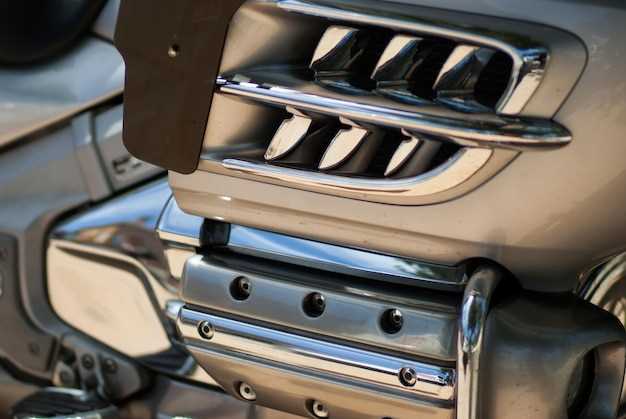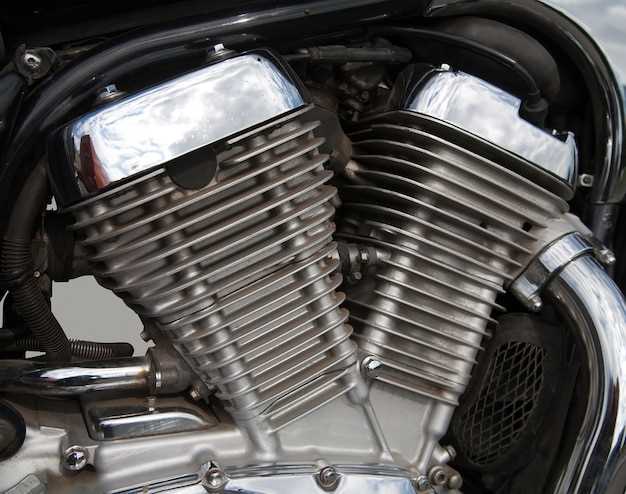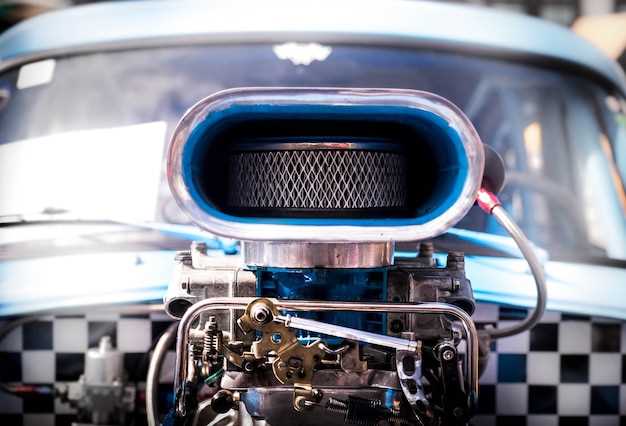

When it comes to enhancing the performance of your Mustang, the choice between a turbocharger and a supercharger can be pivotal. Both of these forced induction systems are designed to increase engine power by compressing the air that enters the engine, allowing for a greater gain in horsepower and torque. However, they operate on fundamentally different principles that can significantly affect your vehicle’s performance characteristics.
A turbocharger utilizes exhaust gases to spin a turbine, which then compresses incoming air. This process not only improves the engine’s efficiency but also provides a substantial boost in throttle response, especially at higher RPMs. Conversely, a supercharger is mechanically driven, typically by the engine’s crankshaft, offering immediate power delivery and a more linear increase in performance. Understanding these distinctions is crucial for making the right decision based on your driving style and performance goals.
Both systems have their own advantages and potential drawbacks. While a turbo can provide more power at higher speeds, it may introduce a lag in throttle response, known as “turbo lag.” On the other hand, superchargers deliver power instantaneously, but can put additional strain on the engine. In this article, we will delve deeper into the nuances of forced induction and help you decide which option is the best fit for your Mustang, ensuring that you make an informed choice that aligns with your performance aspirations.
Turbo vs Supercharger: Making the Right Choice for Your Mustang
When it comes to increasing the power of your Mustang, the choice between turbochargers and superchargers often comes down to personal preference and performance goals. Both forced induction systems are designed to enhance engine performance, but they operate on different principles, which can significantly affect your driving experience.
A turbocharger utilizes exhaust gases to spin a turbine, compressing air before it enters the engine. This process not only increases air density but also enhances fuel combustion, resulting in a substantial power boost. Moreover, turbochargers tend to be more efficient in terms of fuel consumption, especially at higher RPMs. However, turbo lag– the delay between pressing the accelerator and feeling the power surge–can be a drawback for some drivers.
On the other hand, superchargers are mechanically driven by the engine’s crankshaft. This means they provide immediate power without the lag associated with turbos. For those seeking instant throttle response, a supercharger might be the ideal choice. However, since superchargers draw power from the engine, they can slightly reduce fuel efficiency, especially during low-RPM driving.
Ultimately, choosing between a turbocharger and a supercharger for your Mustang involves evaluating your performance needs. If you prefer high-end power and efficiency, a turbocharged setup may be best. Conversely, if instant power and responsiveness are your priorities, a supercharger could be the better option. Consider your driving style, desired upgrades, and how you want to balance power and efficiency when making your decision.
Understanding the Performance Differences between Turbochargers and Superchargers

When considering performance enhancements for your Mustang, the choice between a turbocharger and a supercharger is crucial. Both systems are designed to gain additional horsepower by forcing more air into the engine, but they do so in fundamentally different ways.
A turbocharger utilizes exhaust gases to spin a turbine, which compresses the incoming air. As a result, it can create a significant boost in power at higher RPMs. This method not only improves power output but also enhances fuel efficiency by using energy that would otherwise be wasted. However, there may be a slight delay in power delivery, known as “turbo lag,” which can affect the immediate responsiveness of the engine.
In contrast, a supercharger is mechanically driven by the engine’s crankshaft, providing instantaneous boost as soon as the accelerator is pressed. This immediate power gain translates to improved acceleration and responsiveness at lower RPMs. While superchargers often produce more power throughout the RPM range, they can be less efficient, as they draw from the engine’s output to operate.
Ultimately, the choice between a turbocharger and a supercharger for your Mustang depends on your performance goals. If you seek rapid throttle response and a direct power boost, a supercharger may be your best option. However, for those looking to maximize efficiency and power at higher speeds, a turbocharger could be the superior choice.
Impact of Forced Induction on Horsepower and Torque Gains
Forced induction plays a crucial role in enhancing the performance of Mustang vehicles, particularly in terms of horsepower and torque gains. Both turbochargers and superchargers utilize forced induction to compress the intake air, allowing for a denser mixture of air and fuel to enter the engine. This process results in a significant increase in engine efficiency and output.
The main benefits of forced induction are:
- Enhanced Air Density: By compressing the air, forced induction systems improve the air density, which allows the engine to burn more fuel and produce additional power.
- Increased Power Band: Forced induction expands the power band, providing substantial boosts in horsepower and torque across a broader RPM range.
- Improved Engine Efficiency: With forced induction, engines can achieve higher power levels without drastically increasing their size or displacement.
When evaluating the impact of forced induction on your Mustang, consider the following factors:
- Type of Induction: Turbochargers use exhaust gases to drive the compressor, while superchargers are belt-driven from the engine. This affects the response time and power delivery.
- Boost Levels: The amount of boost generated by the forced induction system directly correlates to horsepower and torque gains. Higher boost pressure generally results in greater increases in performance.
- Engine Tuning: Proper tuning is critical to optimize the gains from forced induction. A well-tuned engine can achieve maximum output and reliability.
In summary, the impact of forced induction on horsepower and torque gains for your Mustang is substantial. By enhancing air intake and optimizing engine efficiency, turbochargers and superchargers can significantly elevate performance, making the vehicle more exhilarating and enjoyable to drive.
Cost, Installation, and Maintenance Considerations for Mustangs

When deciding between a turbocharger and a supercharger for your Mustang, understanding the costs involved is critical. The initial investment for both induction systems varies significantly. Generally, turbochargers tend to be more expensive upfront compared to superchargers, primarily due to the complexity of their design and the additional components required, such as intercoolers and wastegates. A quality turbo kit can range from $3,500 to $7,000, while supercharger kits typically start around $3,000 and can go up to $6,000.
Installation is another crucial factor to consider. Turbochargers often require more extensive modifications to the exhaust system and additional piping. This complexity can lead to higher labor costs, especially if you hire a professional. On the other hand, superchargers are usually more straightforward to install, as they often bolt directly onto the engine. Therefore, installation costs for superchargers may be lower, ranging from $500 to $1,500, while turbo setups could require $1,000 or more in labor.
Maintenance is essential for sustaining performance. Turbocharged Mustangs typically require more attention due to the higher levels of heat and pressure involved in forced induction. Regular oil changes, checks on the turbo system, and monitoring for any boost leaks are necessary to ensure longevity. Superchargers, while generally more reliable, still require routine inspections of the drive belt and supercharger oil. Both setups benefit from higher octane fuel, which can add to the overall operating costs.
Ultimately, the choice between a turbocharger and a supercharger depends on your budget, your willingness to invest time in maintenance, and your desired power goals for your Mustang. Each system has its advantages and drawbacks, making careful consideration of these factors essential in your decision-making process.






